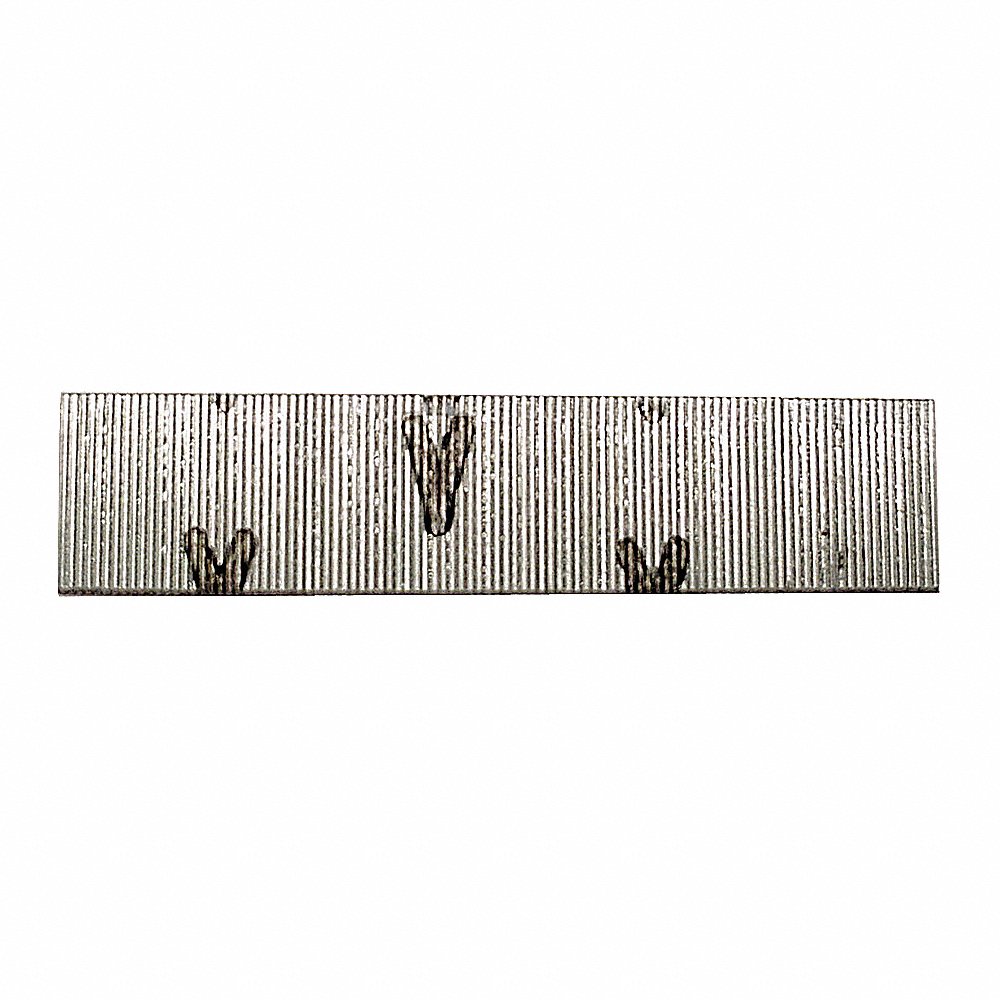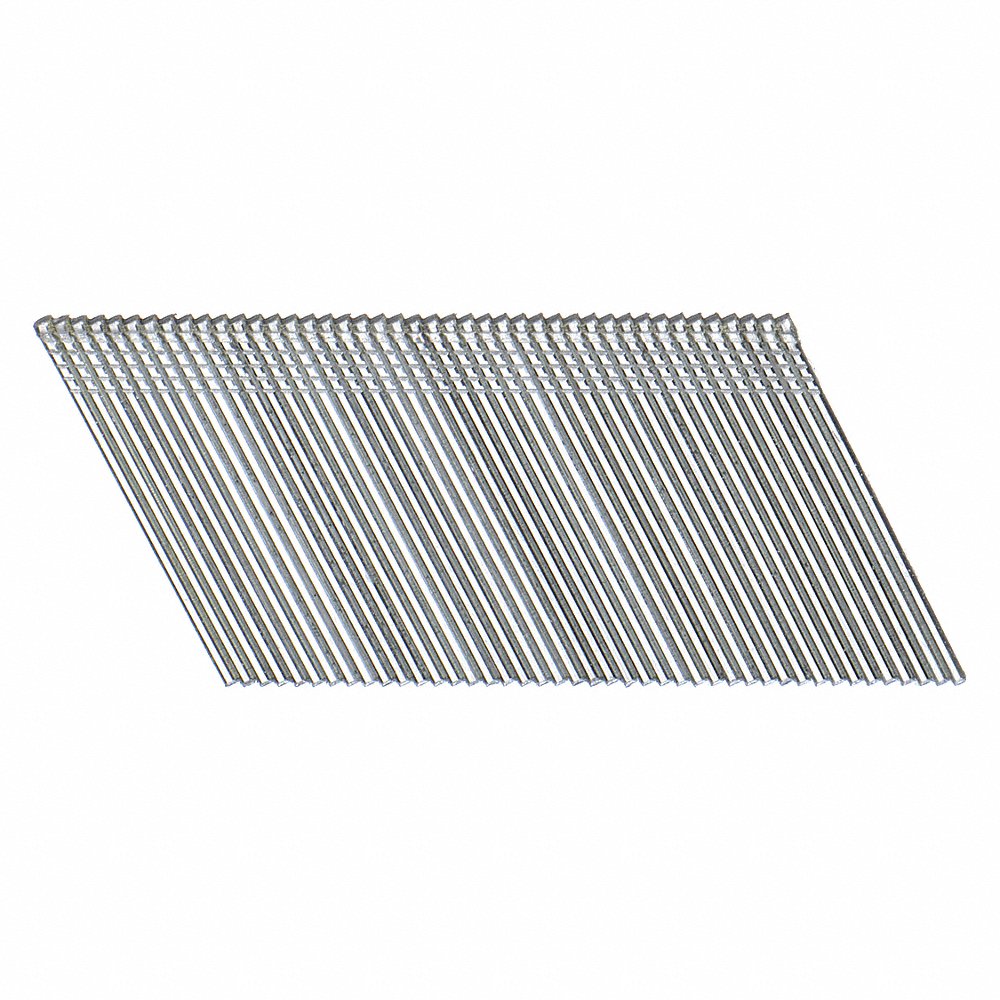Frequently Asked Questions
What are the types of staple guns?
- Construction Staplers: For heavy-duty construction including cabinet framing, sheathing and furniture construction.
- Upholstery Staplers: For upholstery, furniture, cabinet backs, dust covers, felt insulation, moulding, roofing felt, RV construction and house wrapping applications. Staplers with long noses ideal for tight spaces.
- Packing Staplers: For corrugated box closing, manufacturing, assembly line production, packaging & shipping applications.
- Hammer Staplers: For insulation, carpet, roofing felt and house wrap installation.
- Cap Staplers: For house wrap, roofing felt and foam board applications.
What are the different wire gauge types?
- Fine Wire: They are the thinnest variation of staples, often ranging from 20 to 22 gauge in thickness.
- Medium Wire: They often range from 18 to 19 gauge in thickness. They are not meant for heavy-duty construction but offer more holding power in comparison to fine wire staples.
- Heavy Wire: They are the thickest variation, available in 15 to 16 gauge thicknesses. They offer the greatest holding power of the three when stapled to a thick surface. However, they also take up the most space when fastened.
What is the difference between the gauge and crown of fasteners?
The crown is the width of the staple, whereas the gauge is its thickness.
How to install nails for siding?
The nail must be at least 1-1/2 inches long and able to pierce structural framing & wooden structural panels. Be careful not to overdrive nails when installing siding by positioning the nail gun such that the head is level with the siding surface.
How to choose roofing nails?
- Aluminium Nails: For metal roofs and shingles.
- Stainless Steel Nails: For coastal areas and fastening slate & tiles.
- Copper Nails: For standard roofing purposes.
- Galvanised Nails: For asphalt shingles; are rust resistant.
What are brad nails?
The brads are made of 18-gauge steel wire and have a small diameter, making them ideal for paneling and wood trimming applications. The thin shape helps avoid splitting on delicate materials.
What are framing nails?
Framing nails are ideal for craft or framing projects. They may have ring, smooth or spiral shanks with a clipped or round head, depending on the type of nailer they work with.
What does 'd' in the size of nails signify?
The 'd' denotes the length of a nail (including the head) by its penny size 'd' stands for denarius, which is an ancient Roman coin that became connected with the old British penny over time. The longer the nail, the larger the penny size.
What is the difference between brad nails and finish nails?
- Finish nails are used for thick wood, whereas brad nails are designed for soft woods.
- Brad nails have a small diameter, whereas finish nails are slightly thicker in diameter.
- The slim profile of brad nails prevents wood splitting, whereas the heavier gauge of finishing nails offers exceptional holding strength.
- Picture frames, panelling & ornamental trim are common applications for brad nails. They are excellent for trim work, including narrow trim around windows or doors, shoe moulding and quarter-round moulding. Finish nails are ideal for exterior & interior trim, chair rails, crown moulding, baseboards and door & window casing.
 £ GBPChange Country
£ GBPChange Country
















































